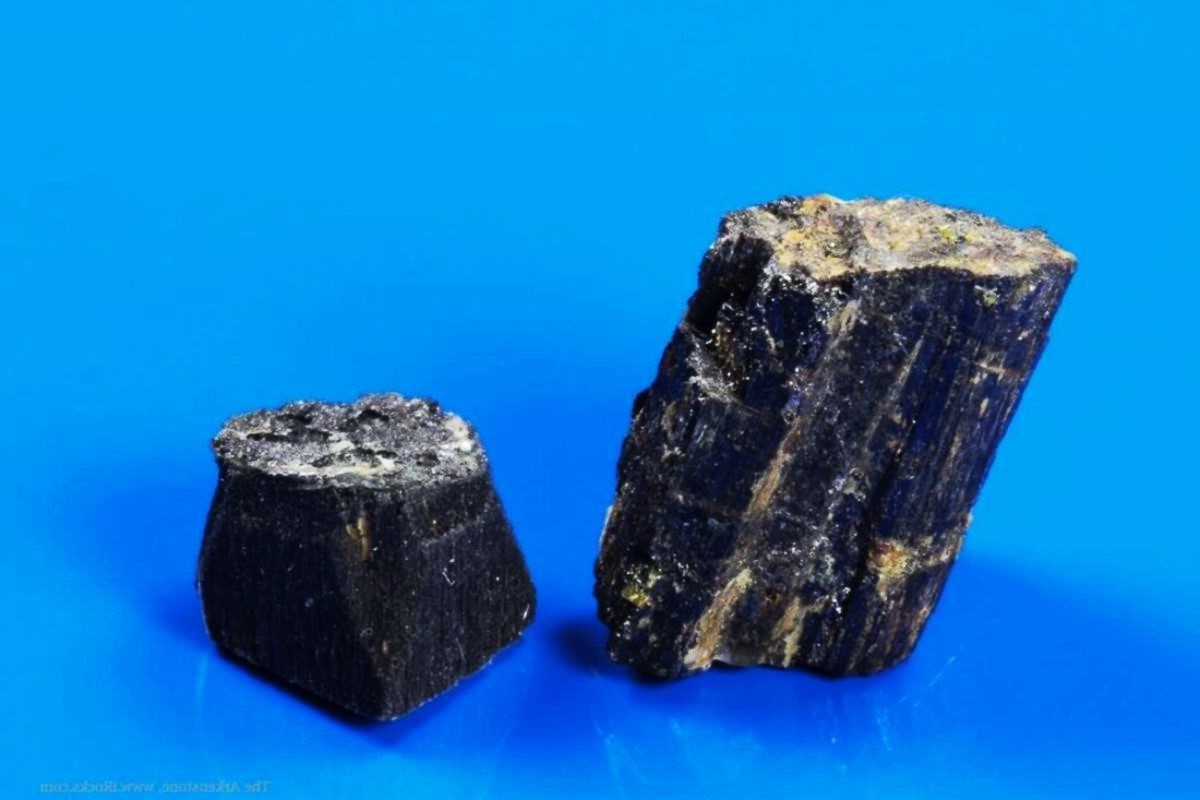
Baotite is a rare mineral that has intrigued geologists and mineral enthusiasts alike. Found primarily in Baotou, Inner Mongolia, this mineral is known for its unique crystal structure and composition. Baotite typically forms in alkaline igneous rocks and hydrothermal veins, making it a fascinating subject for study. Its chemical formula, Ba4Ti4(Ti, Nb, Fe)4Si4O28Cl, includes elements like barium, titanium, and niobium. This mineral often appears in shades of yellow, brown, or green, adding to its allure. Baotite is not just a pretty face; its unique properties make it valuable for scientific research. Whether you're a seasoned geologist or a curious student, learning about Baotite can offer a glimpse into the complexities of Earth's geology.
Key Takeaways:
- Baotite, a rare mineral found in China, has a unique chemical composition and physical properties. It's a collector's gemstone and provides valuable insights into Earth's geological history.
- Despite its rarity and challenges in extraction, baotite is a fascinating mineral with global significance. Its presence in China, Norway, Russia, and Canada adds to its allure for collectors and researchers.
What is Baotite?
Baotite is a rare mineral that has intrigued scientists and collectors alike. Found primarily in China, it boasts unique properties and a fascinating history. Let's dive into some captivating facts about this mineral.
Origin and Discovery
Baotite's discovery and origin story are as unique as the mineral itself. Here are some interesting points about where and how it was found.
- Baotite was first discovered in Baotou, Inner Mongolia, China. This is where it gets its name.
- The mineral was identified in 1964. It was a significant find for mineralogists at the time.
- Baotite is typically found in alkaline igneous rocks. These rocks are rich in sodium and potassium.
- It often occurs in association with other rare minerals. These include minerals like bastnäsite and fluorite.
Chemical Composition
Baotite's chemical makeup is complex and fascinating. Its unique structure sets it apart from other minerals.
- Baotite's chemical formula is Ba4Ti4(Ti,Nb,Fe)4Si4O28Cl. This indicates it contains barium, titanium, silicon, and chlorine.
- The mineral belongs to the silicate class. Silicates are the largest and most important class of minerals.
- Baotite has a tetragonal crystal system. This means its crystals are shaped like four-sided prisms.
- It contains rare elements like niobium and iron. These elements contribute to its unique properties.
Physical Properties
The physical characteristics of baotite make it a standout mineral. Here are some key features.
- Baotite is typically yellow to brown in color. Its color can vary depending on its composition.
- The mineral has a vitreous luster. This gives it a glass-like appearance.
- Baotite has a Mohs hardness of 5. This makes it relatively soft compared to other minerals.
- It has a specific gravity of about 4.5. This means it is denser than many common minerals.
Geological Significance
Baotite plays an important role in understanding geological processes. Its presence can tell us a lot about the Earth's history.
- Baotite is an indicator of alkaline magmatic activity. This type of activity is associated with the formation of certain types of rocks.
- The mineral helps geologists understand the conditions under which it formed. This includes temperature, pressure, and chemical environment.
- Baotite's presence can indicate the potential for other rare minerals. This makes it valuable for mineral exploration.
Uses and Applications
While baotite is not widely used in industry, it has some interesting applications.
- Baotite is primarily a collector's mineral. Its rarity makes it highly sought after by mineral enthusiasts.
- It is used in scientific research. Studying baotite can provide insights into mineral formation and geological processes.
- Baotite can be used as a gemstone. Its unique appearance makes it a desirable, though rare, choice for jewelry.
Interesting Facts
Here are some additional intriguing tidbits about baotite that you might find fascinating.
- Baotite crystals can be quite small. They are often only a few millimeters in size.
- The mineral can fluoresce under UV light. This makes it an interesting specimen for collectors.
- Baotite is not radioactive. Despite containing elements like niobium, it poses no radiation risk.
- It is often found in pegmatites. These are coarse-grained igneous rocks that form during the final stages of magma crystallization.
- Baotite can be confused with other minerals. Its appearance is similar to minerals like titanite and perovskite.
Global Occurrences
While primarily found in China, baotite has been discovered in other parts of the world as well.
- Baotite has been found in Norway. This European country has some deposits of the mineral.
- It has also been discovered in Russia. The mineral's presence there adds to its global significance.
- Baotite occurrences in Canada have been reported. This North American country is another location where the mineral can be found.
- The mineral is rare outside of China. Most significant deposits are still located in Inner Mongolia.
Challenges in Study and Collection
Studying and collecting baotite comes with its own set of challenges.
- Baotite is difficult to extract. Its small crystal size and association with other minerals make it challenging to separate.
- The mineral is fragile. Its relatively low hardness means it can be easily damaged during extraction and handling.
- Baotite samples are rare and expensive. Collectors and researchers often face high costs when acquiring specimens.
Baotite's Unique Place in the Mineral World
Baotite stands out due to its rare composition and unique properties. Found primarily in Baotou, China, this mineral has intrigued geologists and collectors alike. Its distinct crystal structure and uncommon elements make it a subject of ongoing study. Baotite's fluorescent properties under UV light add another layer of fascination. While not widely known, its scientific significance cannot be overstated. This mineral offers insights into geological processes and the Earth's crust. Whether you're a mineral enthusiast or just curious, baotite's story is worth exploring. Its rarity and beauty ensure it remains a gem in the world of minerals. So next time you hear about baotite, remember its unique characteristics and the mysteries it continues to unravel.
Frequently Asked Questions
Was this page helpful?
Our commitment to delivering trustworthy and engaging content is at the heart of what we do. Each fact on our site is contributed by real users like you, bringing a wealth of diverse insights and information. To ensure the highest standards of accuracy and reliability, our dedicated editors meticulously review each submission. This process guarantees that the facts we share are not only fascinating but also credible. Trust in our commitment to quality and authenticity as you explore and learn with us.


